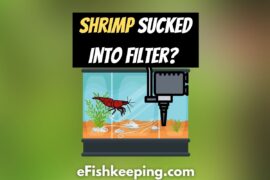Learn, Discover, and Connect with the Aquatic Life
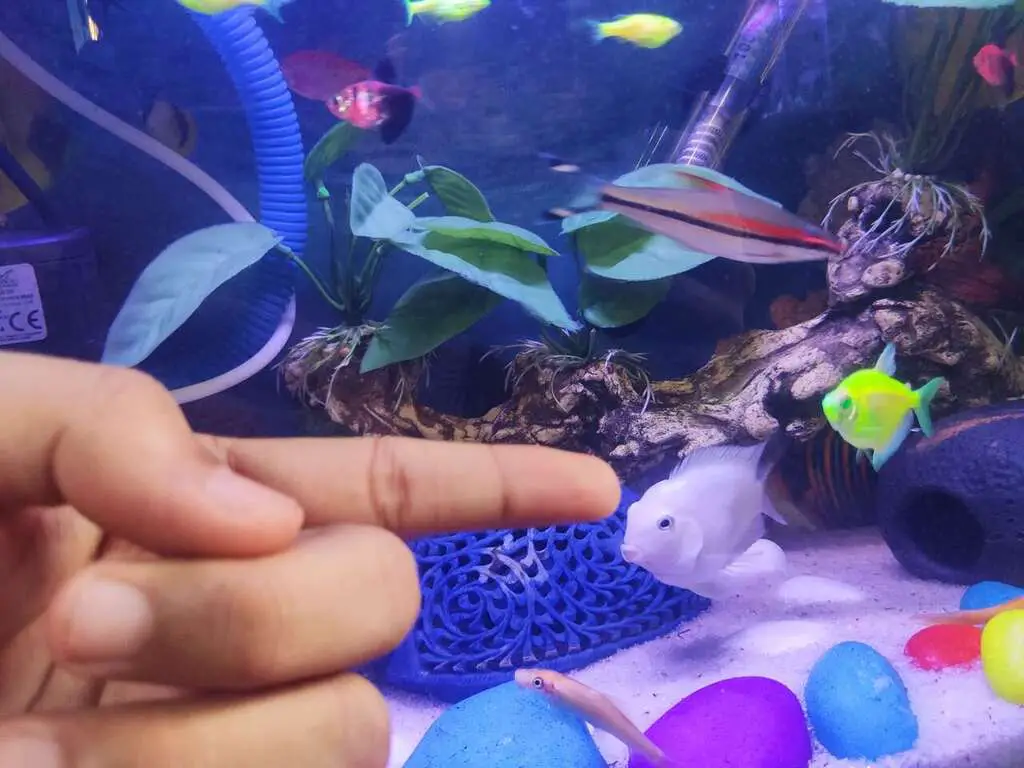
Who We Are?
Welcome to eFishkeeping, your ultimate resource for all things aquatic. Our Founder, Praveen Ghoshal, is a SEASONED AQUARIST with 3 Home Aquariums. He’s been involved with this hobby since his younger days. Our website is filled with valuable information that you ACTUALLY need to succeed in this awesome hobby! We’re here to guide you in every step of your fishkeeping journey.
Latest Posts:
Learn About Fish:
-> Explore More: Fish Types | Fish Health | Fish Facts | Fish Food |
Learn About Fish Tanks:
-> Explore More : Tank Facts | Tank Maintenance | Stocking Guide |
Learn About Aquarium Plants:
-> Explore More: Plant Types | Plant Facts | Plant Problems |
Learn About Aquarium Gear:
-> Explore More: Air Pump | Filter | Heater
Learn About Snails:
-> Explore More: Snail Types | Snail Facts |
Learn About Shrimps:
-> Explore More: Bamboo Shrimps | Shrimp Facts |


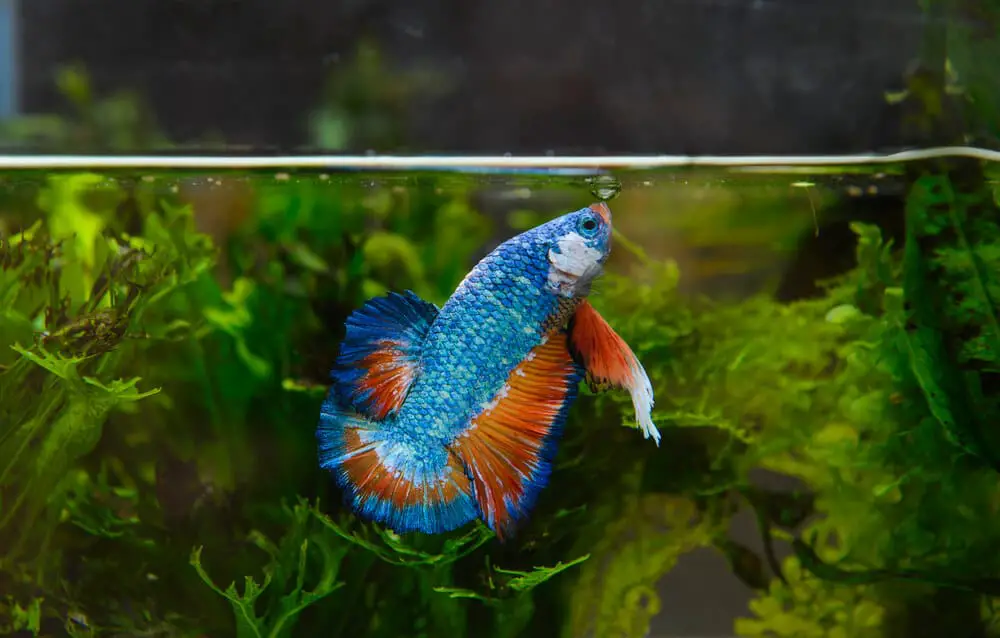
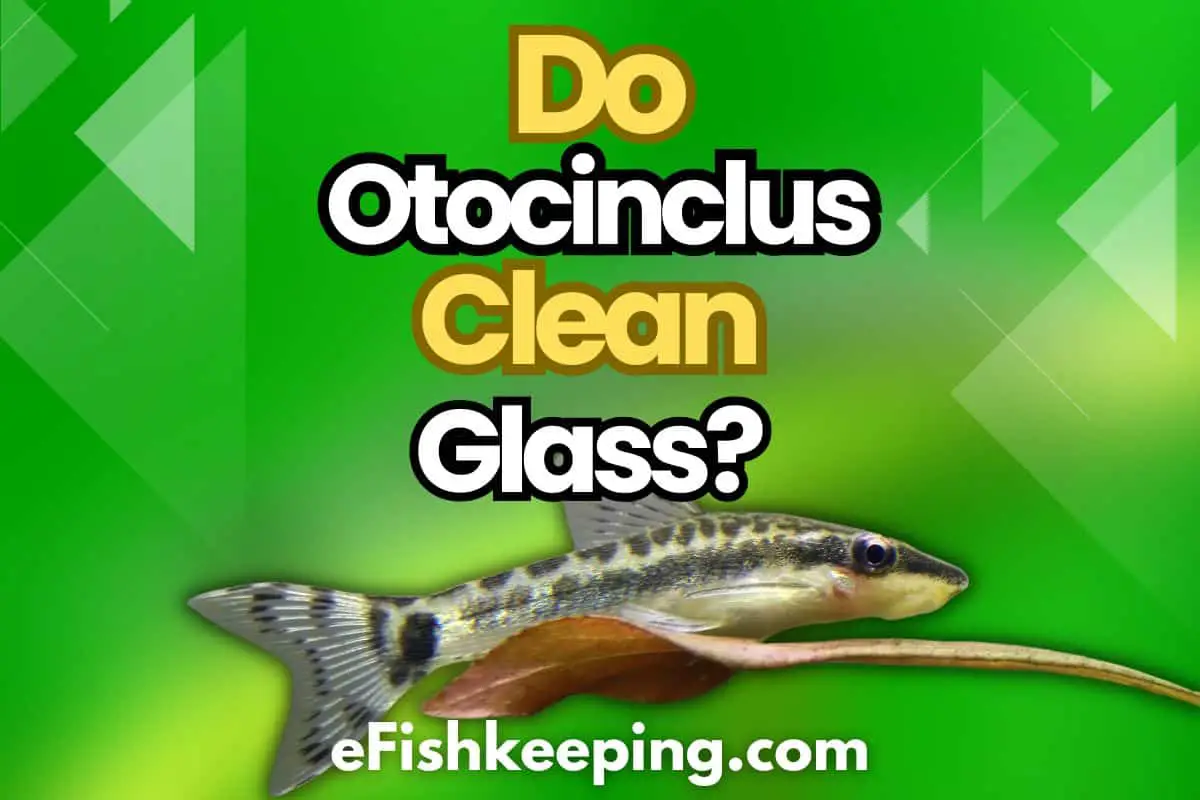

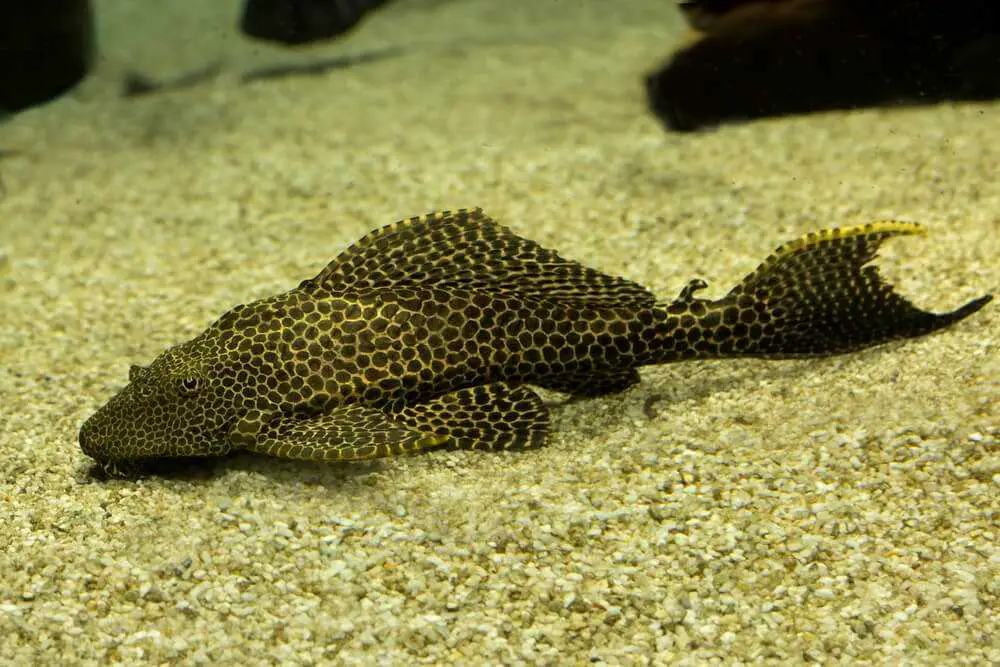
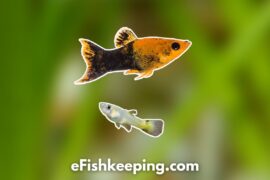

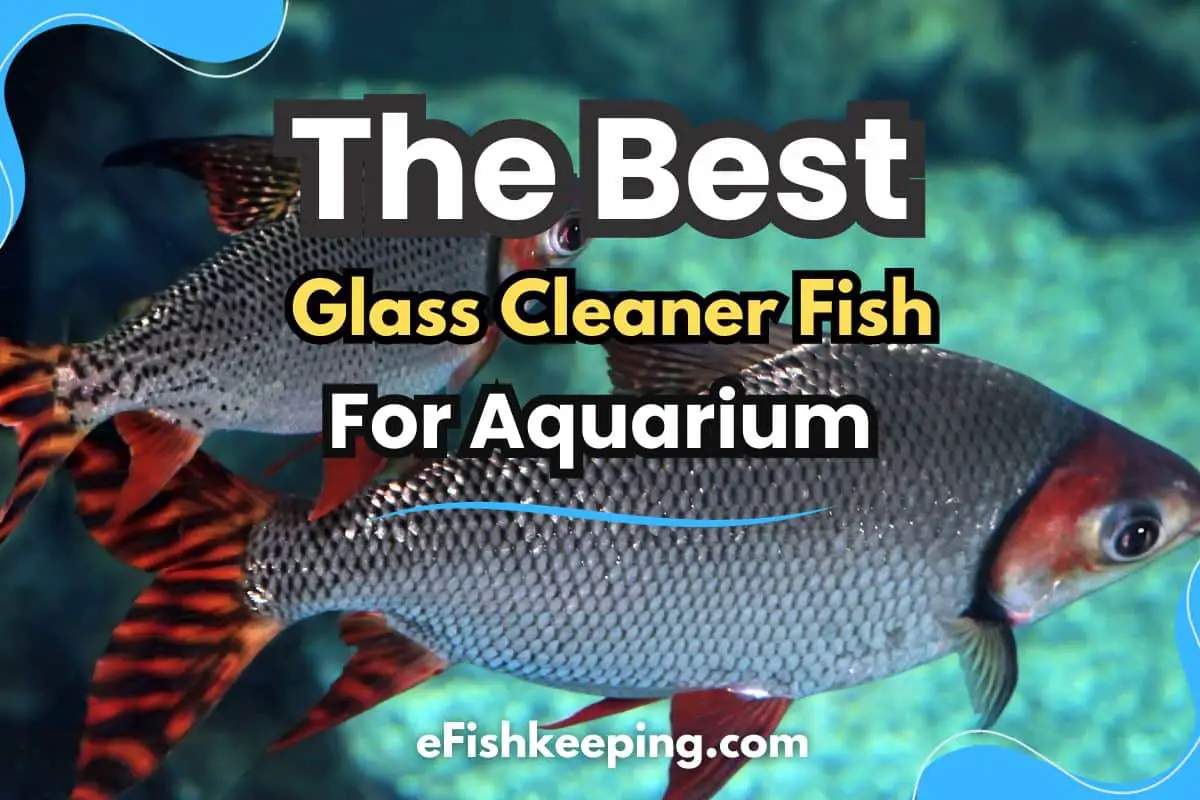
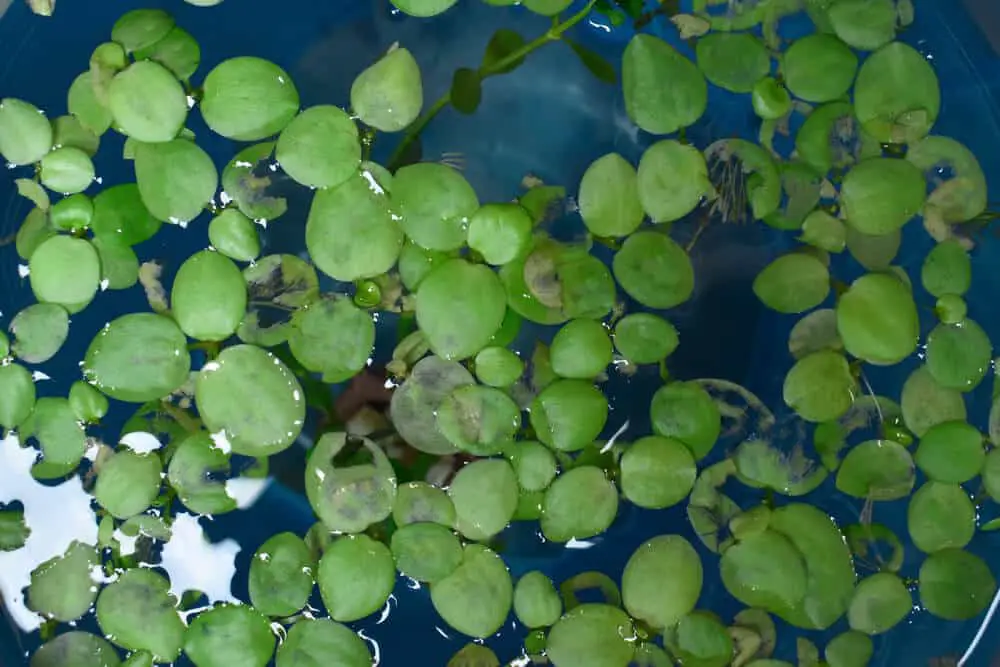
![Anubias Has Holes In Leaves? [Top 5 Causes And Solutions]](https://efishkeeping.com/wp-content/uploads/2023/04/anubias-has-holes-in-leaves.jpg)
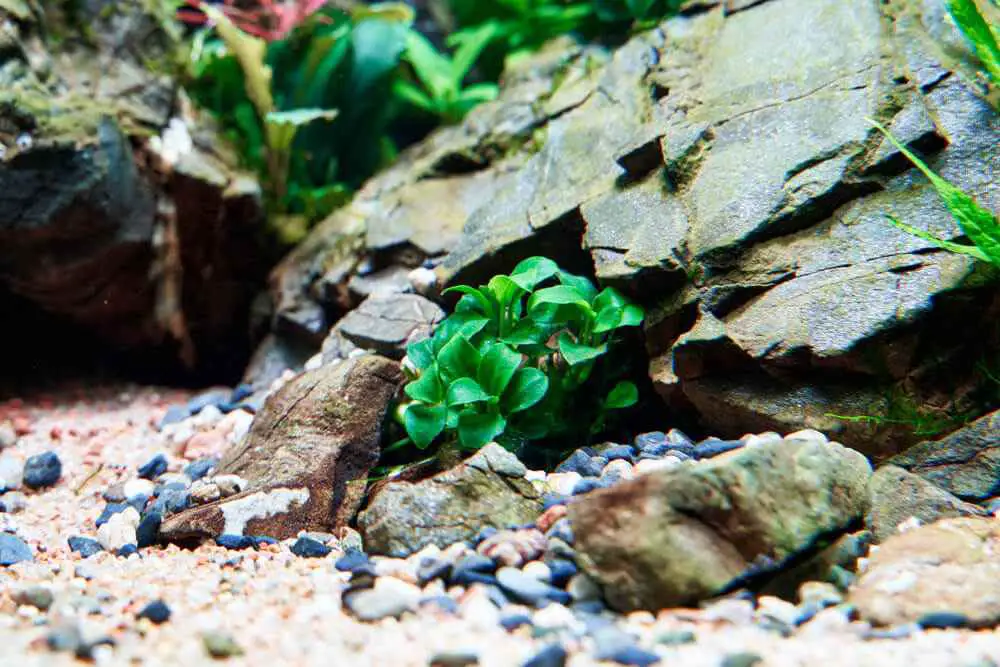

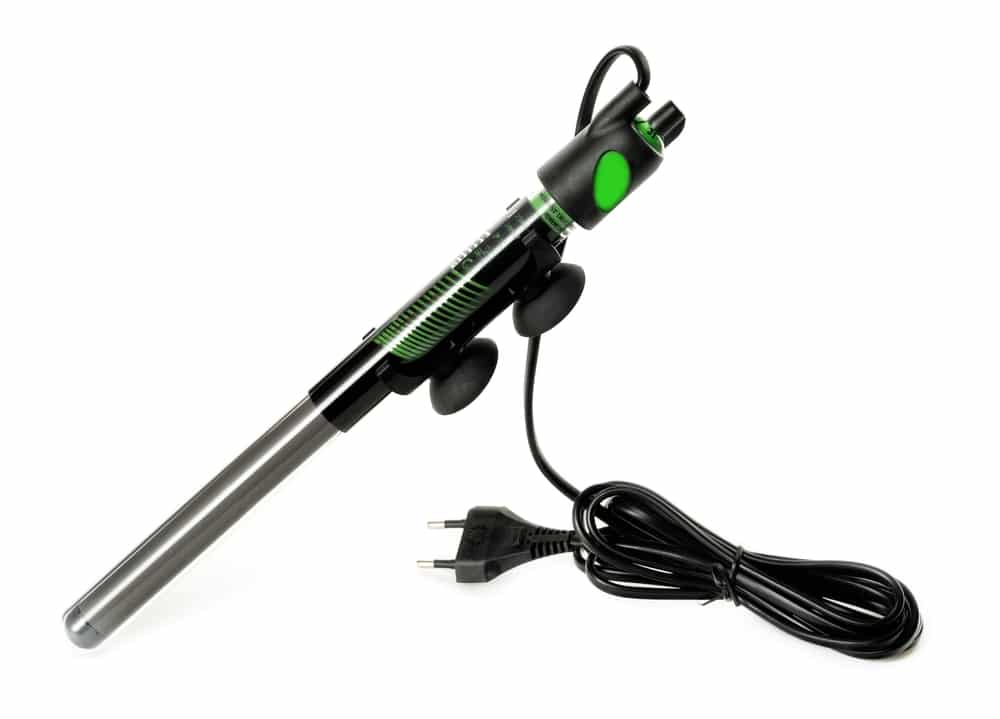




![Do Shrimp Eat Fish Poop? [What You Should Know!]](https://efishkeeping.com/wp-content/uploads/2022/12/do-shrimp-eat-fish-poop.jpg)
![What Do Bamboo Shrimps Eat? How? [Explained!]](https://efishkeeping.com/wp-content/uploads/2022/08/Depositphotos_254633510_S-1-270x180.jpg)
